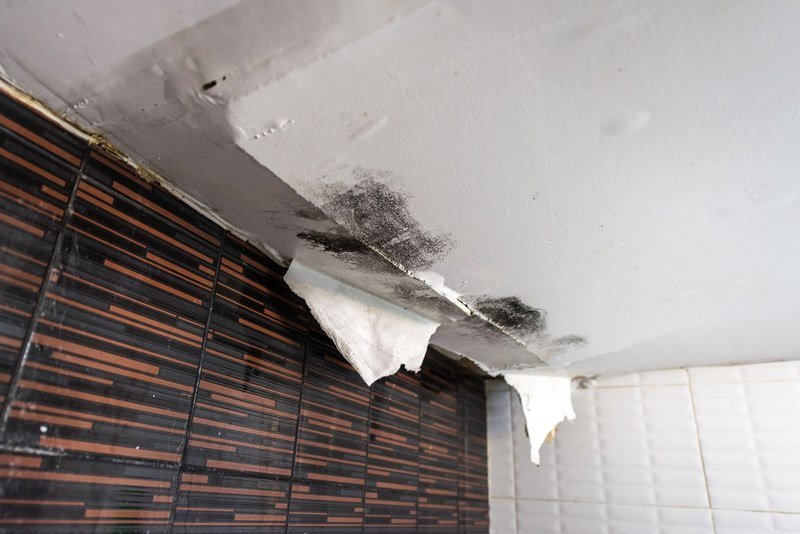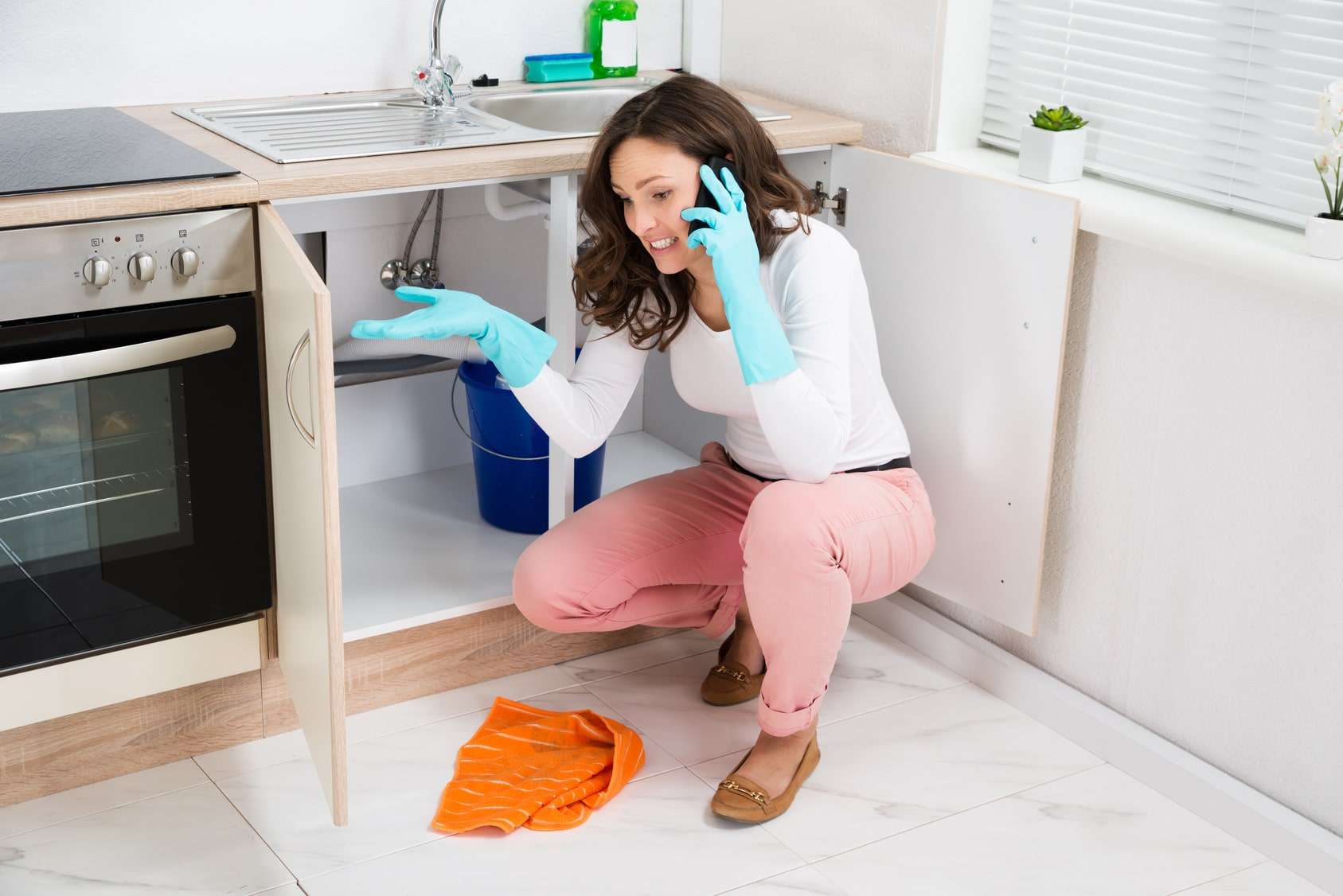A Guide to the Six Most Common Water Leak Sources in Your Home
A Guide to the Six Most Common Water Leak Sources in Your Home
Blog Article
We've stumbled on this great article on How to detect water leaks in your home directly below on the web and reckoned it made sense to discuss it with you on my blog.

Leakages not only cause waste of water yet can likewise create unnecessary damages to your house and also advertise unwanted natural growth. By looking and comprehending for everyday scenarios that trigger leaks, you can secure your home from future leaks and unneeded damage.
Instantaneous temperature changes.
Severe temperature level changes in our pipelines can trigger them to expand and also contract all of a sudden. This growth as well as tightening may create fractures in the pipelines, particularly if the temperature level are below freezing. If you maintained an eye on how your plumbing functions, it would be best. The existence of the previously stated situations regularly indicates a high threat.
Rusty water supply
As time goes by, your plumbing system ages and deterioration such as rust may begin gnawing the pipelines. This may be the source of discoloration or warping on your water pipes. This asks for an inspection with your plumber promptly. Think about changing the pipelines given that they are at a greater threat of corrosion than the newer models if our plumbing system is old.
Defective Pipe Joints
Pipeline joints can weaken over time, resulting in water leaks. If you have noisy pipes that make ticking or banging noises, especially when the warm water is transformed on, your pipe joints are probably under a lot of stress.
Elbowing in origins
The majority of water leaks start outside the house as opposed to inside it. If you see an abrupt decline in water stress, state in your tap, take some time to go out and also analyze your lawn. You might notice damp spots or sinkholes in your lawn, and that could suggest that tree roots are invading water lines creating water to permeate out. You can have your plumber check for invasion, especially if you have trees or hedges near your property.
Poor Water Connectors
At times, a leak can be created by loose pipes and pipelines that provide your home appliances. In instance of a water connections leakage, you may observe water running straight from the supply line or puddles around your devices.
Clogged Drains
Blocked drains pipes may be irritating as well as inconveniencing, yet they can in some cases wind up causing an overflow causing break pipes. Maintain removing any type of products that might go down your drains that can clog them to avoid such aggravations.
All the above are root causes of leaks but not all water leaks result from plumbing leaks; some leaks could originate from roof leaks. All leakages should be repaired promptly to stay clear of water damage.
Leaks not only trigger waste of water yet can also trigger unneeded damages to your residence and also advertise unwanted organic growth. By recognizing and also looking for everyday situations that trigger leaks, you can secure your home from future leaks and unnecessary damage. Today, we will look at six leak triggers that might be creating your pipelines to trickle.
At times, a leakage can be created by loosened tubes and also pipes that supply your appliances. In case of a water connections leak, you might notice water running straight from the supply line or pools around your appliances.
How To Check For Water Leak In Your Home
How To Check for Leaks
The average household's leaks can account for nearly 10,000 gallons of water wasted every year and ten percent of homes have leaks that waste 90 gallons or more per day. Common types of leaks found in the home are worn toilet flappers, dripping faucets, and other leaking valves. These types of leaks are often easy to fix, requiring only a few tools and hardware that can pay for themselves in water savings. Fixing easily corrected household water leaks can save homeowners about 10 percent on their water bills.
To check for leaks in your home, you first need to determine whether you're wasting water and then identify the source of the leak. Here are some tips for finding leaks:
Take a look at your water usage during a colder month, such as January or February. If a family of four exceeds 12,000 gallons per month, there are serious leaks.
Check your water meter before and after a two-hour period when no water is being used. If the meter changes at all, you probably have a leak.
Identify toilet leaks by placing a drop of food coloring in the toilet tank. If any color shows up in the bowl after 10 minutes, you have a leak. (Be sure to flush immediately after the experiment to avoid staining the tank.)
Examine faucet gaskets and pipe fittings for any water on the outside of the pipe to check for surface leaks.
Undetected water leaks can happen without the home or business owner even realizing. If you suspect a water leak, but not able to find the source. It is time to contact a professional water leak detection service, The Leak Doctor.
How To Find a Water Leak In Your Home
https://www.leakdoctor.com/blog/How-To-Check-For-Water-Leak-In-Your-Home_AE197.html

As a devoted person who reads about How Fast Water Damage Can Ruin Your Home, I assumed sharing that piece of content was a great idea. In case you appreciated our post plz be sure to share it. I appreciate reading our article about How Fast Water Damage Can Ruin Your Home.
Booking Page Report this page